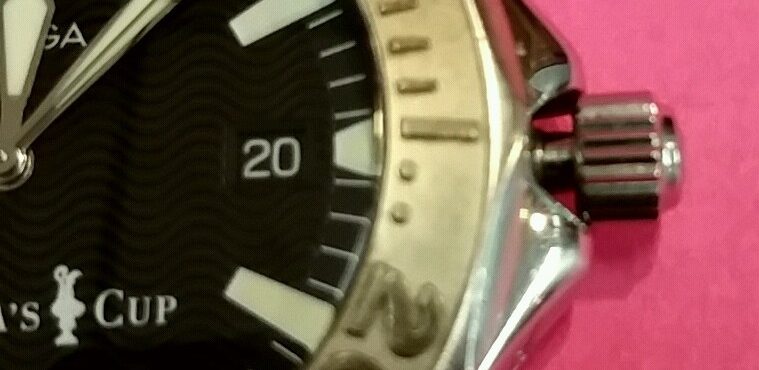One of the first questions a Rolex customer typically asks before a watch repair is if I use genuine parts during an overhaul.
My normal answer goes something like this:
During a basic overhaul, I shouldn’t need to replace any parts as long as the watch is in decent working condition. If I do need parts, I try to source genuine parts. If those are not available, I have access to high-quality generic parts from my suppliers.
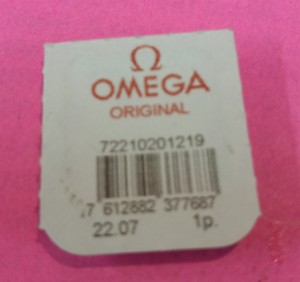
Rolex has made the business decision that they will not sell any parts to any distributor in the U.S. They want every Rolex repair to go back to the factory for service so they can charge the basic $700 to $800 starting overhaul cost. They constantly tell the public that a “normal” watchmaker is just not equipped or trained properly to work on their watches and that anything other than a genuine part will ruin their watches.
I say “bologna” to both of those claims!
First, any good watchmaker can repair a Rolex with enough years of experience. There is no secret to how their watches operate. They are like every other mechanical watch in the world, just a little better-made.
Second, no mechanical part on a Rolex is stamped “Rolex,” so there is absolutely no way to tell the difference between a genuine or generic part.
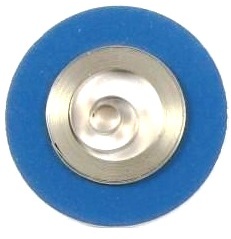
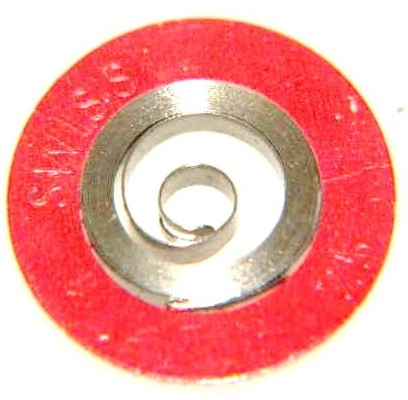
For example, the single biggest part that breaks on a Rolex is a mainspring. I normally use a Swiss generic that is made to the same exact standards as the Rolex, just at a fraction of the cost. My standard joke about a Rolex mainspring is “if they are so well made, why do they break so often?”
Both the genuine and generic mainsprings are of the exact size, and strength. The generic is made to the exact standards of the Rolex and will fit the mainspring barrel perfectly. No difference in performance can be seen.
The only part that is marked Rolex is on a new sapphire crystal. There is a small Rolex logo at the 6 o’clock position. Other than this crystal, no logo or markings are on any Rolex part. So the idea that someone can open your watch and see that you have used a generic part is nonsense.
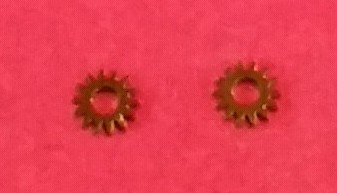
I personally like the idea of being able to offer my customers quality Swiss parts at a fraction of the inflated costs that genuine Rolex parts cost. I can get their watch back to good working order and save them some money along the way.
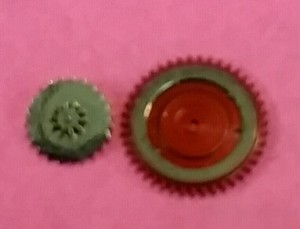
Genuine vs. Generic: Can You See The Difference?
My guess is that this debate will continue for as long as these watches are produced. Both have their advantages and disadvantages. For me, I am happy with the cost savings where available.
Case Tube & Crown Debate
Rolex Case Tube
The Rolex case tube is a simple threaded stainless steel part with an internal gasket installed. It is the essence of simplicity.
You unscrew the old one and screw in the new one. I can replace a case tube in about two minutes. It’s just about the easiest repair a watchmaker could do.
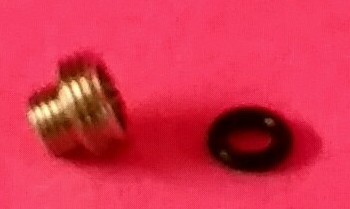
Omega Tube & Crown
The Omega case tube is a different story. It is frictioned in place and just about impossible to replace. I have done lots of research on this repair and there is no clear cut way to do this one quickly or easily. The tube is pressed in place at the factory and there is no easy way to get the old one out or install the new one.
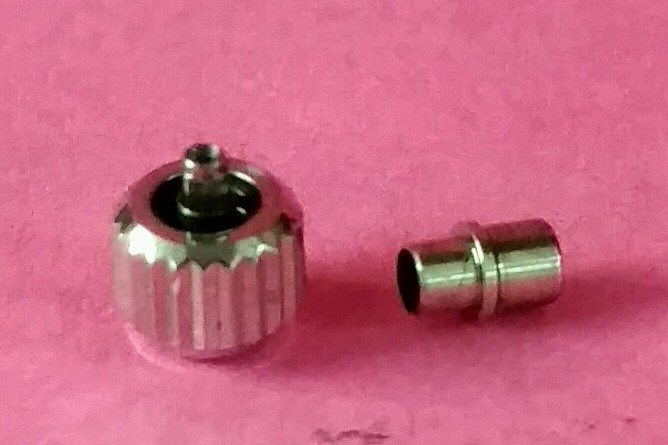
I have tried to pull it out and never works. It just won’t come out in one piece. Attempting to twist it out never works either, since the outer portion of the tube normally breaks off and leaves the inner portion still inside the case.
Now you need to grind out the old part, then try and friction or cement the new tube in place. The problem here is the tube needs to be perfectly straight. If it is tilted at all, the crown will not screw down properly. It also needs to be watertight or else the watch will leak.
The other problem with the tube is that the threads are on the inside of the case tube and are quite fine. They strip easily and there is no gasket to change.
The case tube on the Rolex has very sturdy threads and the gasket can also be changed easily. Hands down, this is the single worst part of this watch.
Rolex Crown
The crown on a Rolex is quite a nice piece of workmanship. It is made in four parts that can come apart and can be repaired if needed.
The crown is made to be spring loaded and if needed, the spring can be cleaned or changed if it’s not working properly. The crown also has a removable gasket that is quite easy to change. Overall, it’s a very simple and sturdy design.
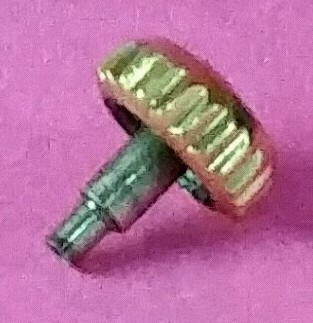
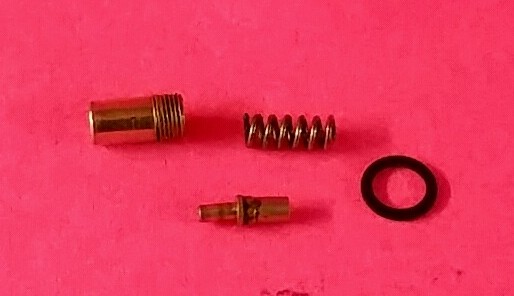
The Omega crown is well built, but it doesn’t come apart and there is no way to change the gasket after an overhaul. The crown is not fixable, just replaceable. The threads are on the inside of the crown and are a bit fine, so it is easy for a customer to cross thread it if not careful.
This part of the comparison is not even close, the Rolex tube and crown are hands down better than the Omega.
This will conclude my comparisons between a Rolex and an Omega Seamaster. My conclusion is not surprising.
The Rolex is a better watch.
From top to bottom, it is well designed, easy to repair and good looking. The Omega is also a quality product, but for me the “Cadillac” of the watch world is a Rolex, the hands down winner.

